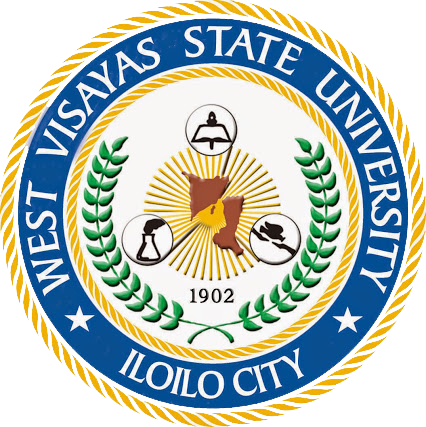Tracking and prediction of dengue outbreak using cloud-based services and artificial neural network
| dc.contributor.author | Elijorde, Frank I. | |
| dc.contributor.author | Clarite, Denmar S. | |
| dc.contributor.author | Gerardo, Bobby D. | |
| dc.contributor.author | Byun, Yungcheol | |
| dc.coverage.spatial | Iloilo | en |
| dc.date.accessioned | 2024-05-02T07:15:34Z | |
| dc.date.available | 2024-05-02T07:15:34Z | |
| dc.date.issued | 2016 | |
| dc.identifier.citation | Elijorde, F. I., Clarite, D. S., Gerardo, B. D., & Byun, Y. C. (2016). Tracking and prediction of dengue outbreak using cloud-based services and artificial neural network. International Journal of Multimedia and Ubiquitous Engineering, 11(5), 355–366. | en |
| dc.identifier.issn | 1975-0080 | |
| dc.identifier.uri | https://hdl.handle.net/20.500.14353/406 | |
| dc.description.abstract | Dengue is considered as one of the diseases which needs serious attention, especially in the less developed areas of the world. In order to allow sufficient time in taking necessary decisions and actions to safeguard the situation for local authorities, an accurate analysis of dengue epidemic seasons is crucial in preventing and counteracting its effect. To address the issue, this paper proposes a web-based dengue tracking system (DTS) that utilizes environmental factors in predicting the future behavior of dengue cases. The study aimed to track down and analyze the dengue cases that take place in the city of Iloilo, Philippines. The researchers used Artificial Neural Network for prediction based on the amount of rainfall, relative humidity, mean temperature, and monthly recorded cases. The system can serve a valuable purpose for the health sectors as it guides them to take action on recorded cases in areas which are prone to dengue. Through this, early detection and warning of dengue case growth can be monitored and preventive measures can be implemented immediately, thereby reducing the possibility of an outbreak. | en |
| dc.description.sponsorship | The authors would like to thank the rest of the development team (Charlyn Mae Centeno, Hannah Grace Gersalino, Rechelle Pabillo, and Lourlyn Rebuya) for their significant contributions to this study. | en |
| dc.language.iso | en | en |
| dc.publisher | Science and Engineering Research Support Society | en |
| dc.relation.uri | en | |
| dc.subject | Decision Support System | en |
| dc.subject | Dengue Monitoring | en |
| dc.subject | Outbreak Prediction | en |
| dc.subject | Heat maps | en |
| dc.subject | Artificial Neural Network | en |
| dc.subject | Disease outbreak | en |
| dc.subject | Cloud-based service | en |
| dc.subject | Web-based dengue tracking system (DTS) | en |
| dc.subject | Area mapping | en |
| dc.subject | Dengue case mapping | en |
| dc.subject | Hotspot mapping | en |
| dc.subject | Trends analysis | en |
| dc.subject | Weather-based predictive methods | en |
| dc.subject | Weather-based dengue early warning system | en |
| dc.subject | Tracking | en |
| dc.subject.lcsh | Dengue | en |
| dc.subject.lcsh | Dengue--Prevention | en |
| dc.subject.lcsh | Neural networks (Computer science) | en |
| dc.subject.lcsh | Decision support systems | en |
| dc.subject.lcsh | Algorithms | en |
| dc.subject.lcsh | Epidemics | en |
| dc.subject.lcsh | Dengue--Diagnosis | en |
| dc.subject.mesh | Dengue | en |
| dc.title | Tracking and prediction of dengue outbreak using cloud-based services and artificial neural network | en |
| dc.type | Article | en |
| dcterms.accessRights | Open access | en |
| dc.citation.journaltitle | International Journal of Multimedia and Ubiquitous Engineering | en |
| dc.citation.volume | 11 | en |
| dc.citation.issue | 5 | en |
| dc.citation.firstpage | 355 | en |
| dc.citation.lastpage | 366 | en |
| local.subject.scientificname | Aedes aegypti | en |
| dc.identifier.doi | 10.14257/ijmue.2016.11.5.33 | |
| local.isIndexedBy | Scopus | en |
Files in this item
This item appears in the following Collection(s)
-
Journal articles published externally [91]
These are journal articles by WVSU authors published externally.


